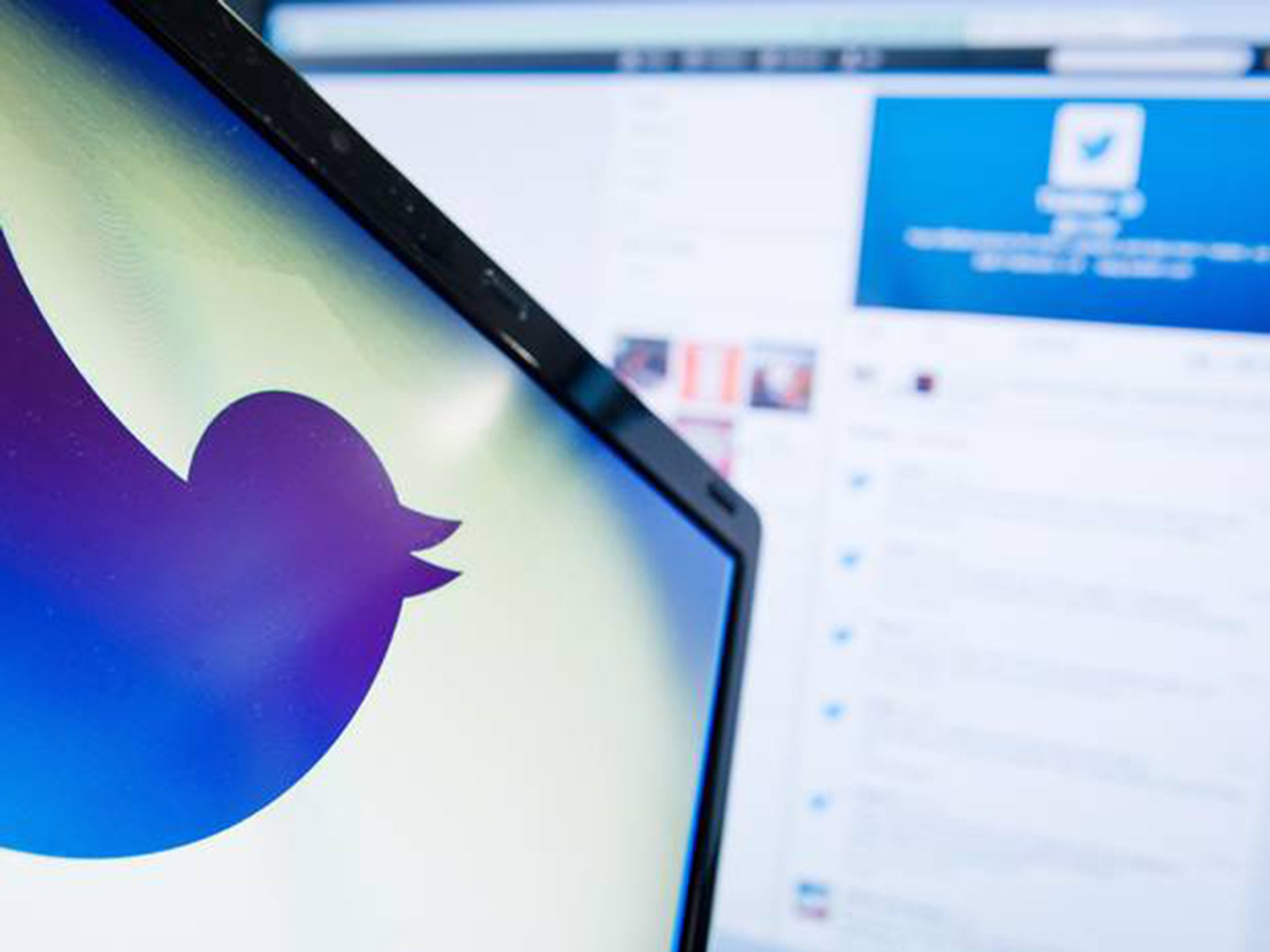How to disable autoplaying videos on Twitter
To avoid seeing distressing videos such as those from the Virginia shooting without warning, as well as keeping data use down, it's worth turning off autoplaying videos in settings

Your support helps us to tell the story
From reproductive rights to climate change to Big Tech, The Independent is on the ground when the story is developing. Whether it's investigating the financials of Elon Musk's pro-Trump PAC or producing our latest documentary, 'The A Word', which shines a light on the American women fighting for reproductive rights, we know how important it is to parse out the facts from the messaging.
At such a critical moment in US history, we need reporters on the ground. Your donation allows us to keep sending journalists to speak to both sides of the story.
The Independent is trusted by Americans across the entire political spectrum. And unlike many other quality news outlets, we choose not to lock Americans out of our reporting and analysis with paywalls. We believe quality journalism should be available to everyone, paid for by those who can afford it.
Your support makes all the difference.Twitter has a feature that allows companies to push videos straight into your feed, and allows them to automatically play. But that can use up huge amounts of data — as well as forcing people to see distressing videos without warning.
In the wake of shootings of two TV journalists in Virginia, many accounts took to tweeting videos of the murder using the tool. To avoid that and other distressing videos, it's best to disable autoplaying videos — an easy process, done through the network's settings.
On the desktop, the tool can be turned off by clicking on your picture in the top right hand corner and scrolling down to the relevant check box. Clicking that turns it off, and if you save those changes then videos will be stopped from automatically playing.
On the Twitter app, users can click to go through to the profile using the tabs at the bottom of the app. Clicking the little gear brings up the settings page, where you can either choose to only play them when on wifi (to avoid using unnecessary data) or stop them ever playing.
Twitter does have its own tools for spotting "media that may be sensitive", and should bring up a box asking whether you are sure you want to see it, though it doesn't always work. But that might need turning on — head to the settings page, clicking "Tweet media" and making sure the "Do not inform me before showing media that may be sensitive" box is unticked.
Join our commenting forum
Join thought-provoking conversations, follow other Independent readers and see their replies
Comments